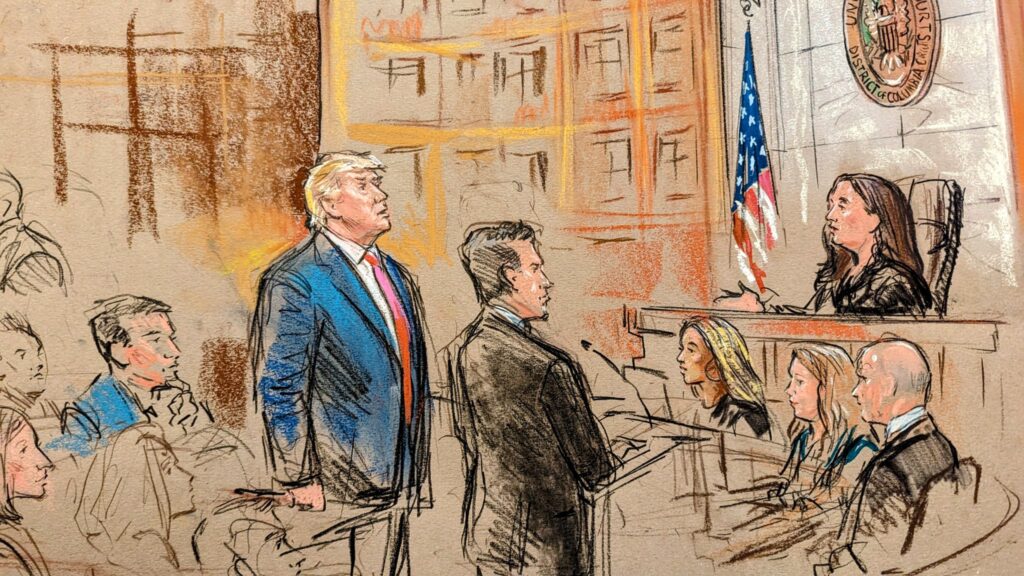
Courtroom Sketch Artist Bill Hennessy Dies At 67: A Legacy of Capturing Justice
Introduction
Bill Hennessy, a renowned courtroom sketch artist who captured the essence of pivotal trials for over four decades, passed away on January 23, 2023, at the age of 67. Hennessy’s sketches transcended mere illustrations; they were chronicles of human drama and legal history, providing invaluable insights into the courtroom experience.
Courtroom sketching is a unique form of visual journalism that allows artists to depict the proceedings when cameras are not permitted. Hennessy’s sketches were not only visually stunning but also deeply impactful, conveying the emotions, expressions, and dynamics within the courtroom.
The Art of Courtroom Sketching
Hennessy’s artistic technique was meticulous and expressive. He used a variety of pencils, charcoal, and markers to create lifelike portraits that captured the subtle nuances of the subjects’ faces and body language. His sketches often became front-page news, offering the public a glimpse into the otherwise closed world of the courtroom.
Beyond their artistic value, Hennessy’s sketches served an essential role in documenting trials. In an era before the widespread use of photography in courtrooms, his sketches provided a visual record of the proceedings, allowing historians, journalists, and researchers to study the events as they unfolded.
Notable Cases and Historical Significance
Hennessy’s career spanned some of the most high-profile trials in American history. He sketched the O.J. Simpson murder trial, the Rodney King beating trial, and the Michael Jackson child sex abuse trial, among others.
His sketches played a crucial role in shaping public perception of these cases. They captured the raw emotions of the victims, the intensity of the defense attorneys, and the gravity of the proceedings. Hennessy’s artwork helped to humanize the trials and make them accessible to a wider audience.
Impact on the Legal System
While Hennessy’s sketches were primarily works of art, they also had a tangible impact on the legal system. His depictions of courtroom drama raised questions about the role of media in trials and the importance of preserving the integrity of the proceedings.
In some cases, Hennessy’s sketches became evidence in trials. His meticulous attention to detail and ability to capture expressions and gestures provided valuable insights into the demeanor of witnesses and defendants.
Perspectives on Courtroom Sketching
While Hennessy’s contributions to courtroom sketching and journalism were widely acknowledged, there are differing perspectives on the practice.
Some critics argue that courtroom sketching can be intrusive and may interfere with the proceedings. They contend that the presence of artists can create an atmosphere of surveillance and intimidate witnesses. Others, however, maintain that courtroom sketching is a valuable form of journalism that provides a unique window into the legal system.
Conclusion
Bill Hennessy’s death marks the end of an era in courtroom sketching. His exceptional talent and dedication to his craft left an indelible mark on the history of justice. Through his sketches, Hennessy captured the human face of the legal system, providing insights that transcended the courtroom walls and contributed to a more informed public understanding of the law.
As we reflect on his legacy, we must recognize the importance of preserving the practice of courtroom sketching. It is a powerful tool for visual storytelling and a vital means of documenting the complexities of the legal system. Hennessy’s work reminds us of the enduring power of art to illuminate the truth and deepen our understanding of the human condition.
